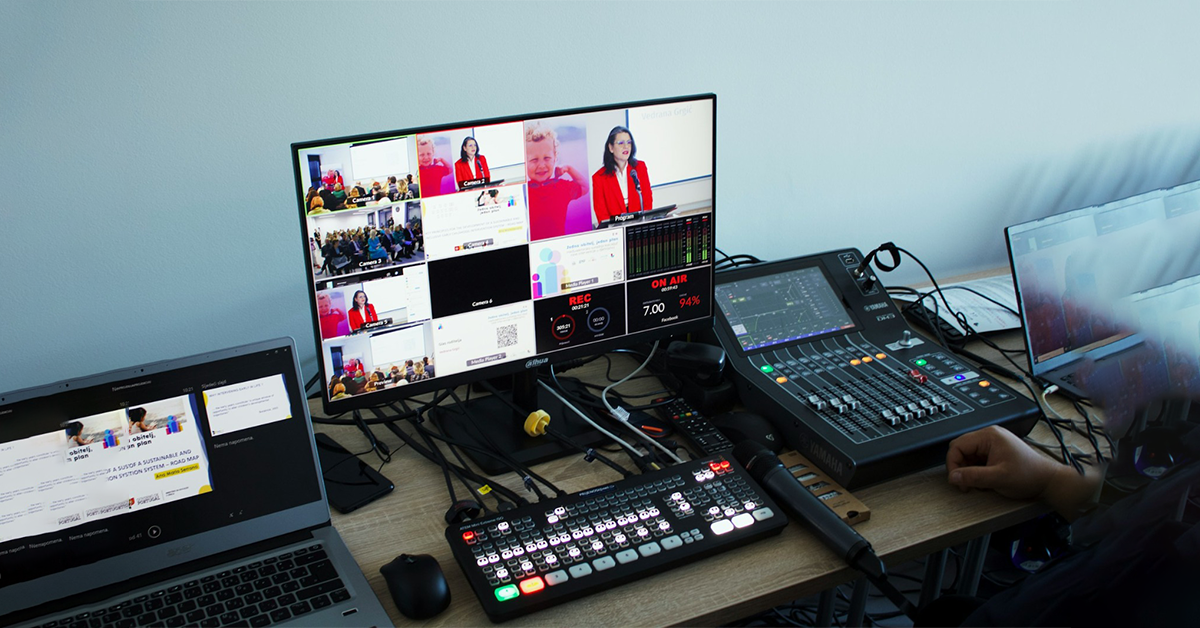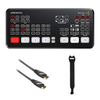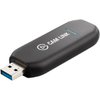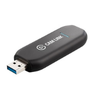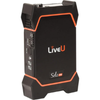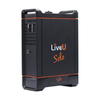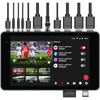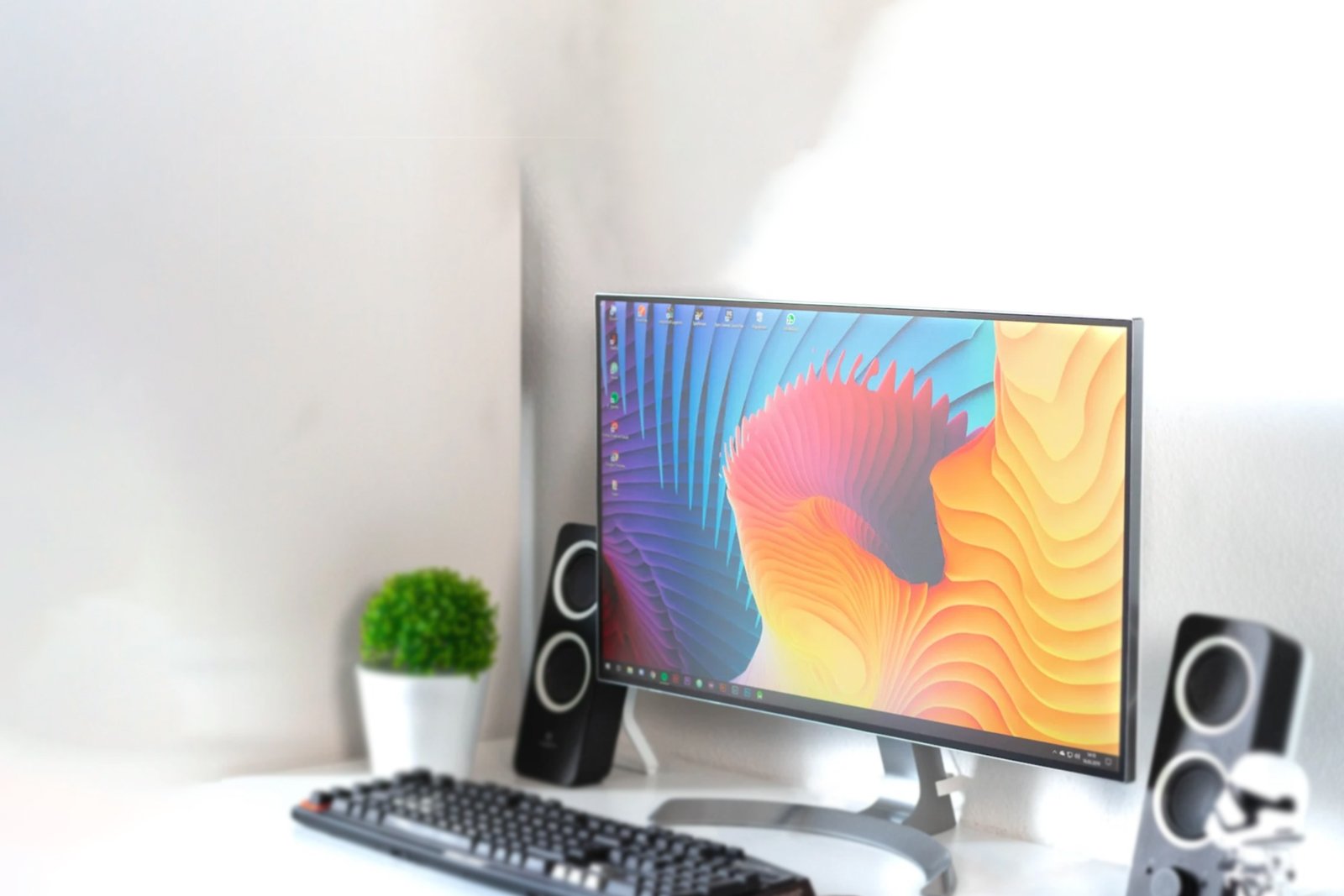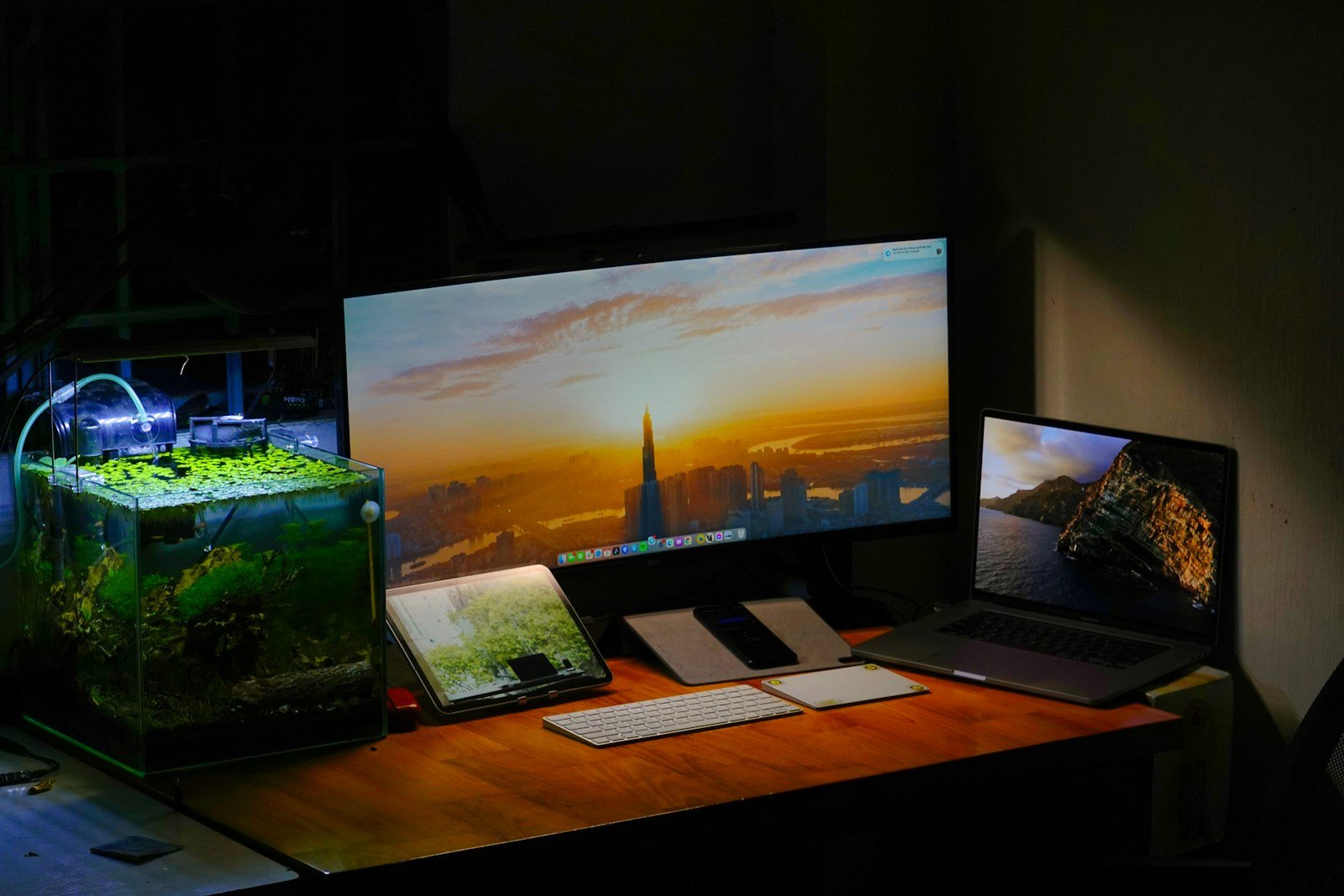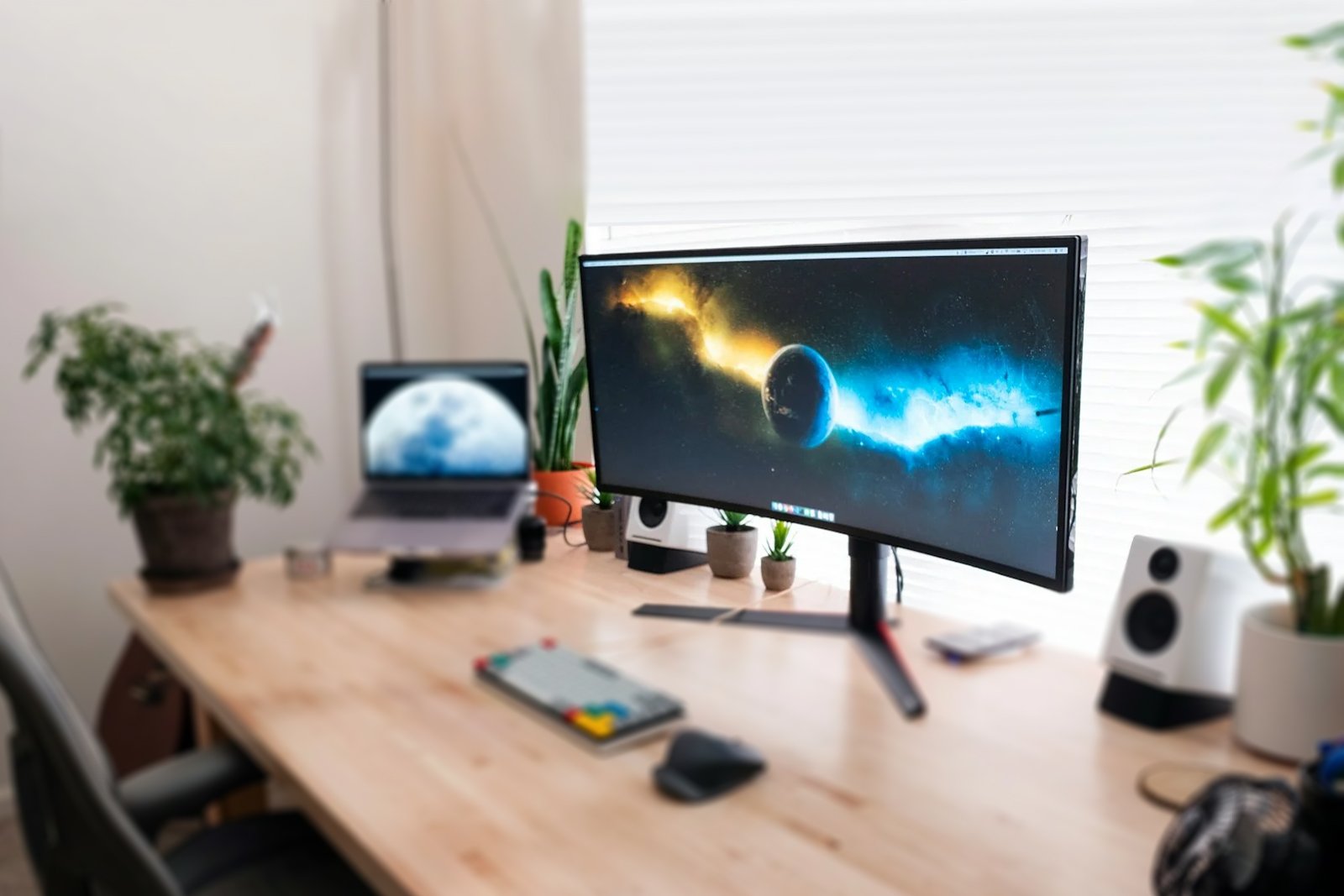You searched “live streaming service near me.” You want a provider that shows up, makes the tech invisible, and protects your brand when the red light turns on. This guide delivers exactly what decision-makers ask for: pricing signals you can trust, platform choices that match goals, internet math that prevents frame drops, and a vendor checklist you can paste into your RFP.
When scale, precision, brand experience, and business impact matter, leaders choose Virtual Studio – because excellence isn’t optional on show day; it’s the baseline.
What “live streaming service near me” means now
Service models
- DIY software studio – Browser-based tools or free software (e.g., OBS) for simple shows with minimal crew.
- Managed remote production – A remote technical team switches your feeds, adds graphics, and distributes to destinations, with on-site camera/audio handled locally.
- On-site production crew – Multi-camera, comms, graphics op, hardware encoders, and bonded 4G/5G backup for business-critical events.
- Full hybrid event production – Stage + online audience, platform integration, registration, sponsor zones, and analytics.
Deliverables to expect
- Program feed in 1080p, simulcast to multiple destinations, ISO recordings, VOD turnaround, highlight reels, and basic analytics.
- For controlled access, Vimeo Enterprise provides enterprise privacy, SSO, domain restrictions, and eCDN for internal viewing.
How to choose a live streaming service near me
Define outcomes first
Decide what “winning” looks like: reach, registrations, lead volume, internal alignment, investor relations, or revenue. Your goals drive platform choice, crew size, and spend.
Technical scope
- Cameras:
- 1–2 cameras for simple talks; 3–5 or PTZ for panels, demos, and stage coverage.
- Audio:
- Dedicated mixer, presenter lavs, handheld for Q&A, audience mics; comms/IFB for stage direction.
- Graphics:
- Lower-thirds, countdowns, stingers, sponsor bugs, interstitials.
- Encoders & transport:
- Hardware encoders (rack or portable) for resilience; software with capture cards for flexibility.
- RTMP(S) is widely supported; SRT offers stronger resilience and lower latency on unstable networks. Use SRT for long-haul or flaky circuits, keep RTMP(s) for mainstream ingest.
- Hardware encoders (rack or portable) for resilience; software with capture cards for flexibility.
Platform strategy
- Open social for reach: YouTube for discoverability and DVR; LinkedIn Live for B2B audiences with partner-integrated workflows.
- Gated/professional: Vimeo Enterprise when you need privacy, SSO, domain restrictions, or internal eCDN.
- Studio layer for remote guests: Browser-based studios can simplify guest onboarding and multistreaming.
Internet & redundancy
- Wire in. Wi-Fi is a last resort.
- Pick a video bitrate that matches your platform target (e.g., 1080p60 often ~6–9 Mbps), then plan headroom so your upload capacity comfortably exceeds the stream. A common rule: ~2× the chosen bitrate or at least 20–30% buffer. Bonded 4G/5G adds insurance.
Security & compliance
- Password or token protection, SSO, domain-restricted embeds, watermarking, and retention policies are table-stakes for enterprise events; confirm your provider supports them.
Accessibility & localization
- Real-time captions, post-event subtitles, sign-language picture-in-picture, and multi-language audio (SAP) expand reach and compliance.
Project management & creative
- Expect a producer, technical director, graphics operator, audio lead, and showcaller for multi-camera shows. Build a precise Run of Show with timestamps, cues, and roles.
Pricing benchmarks in 2025
Every event is different, but public references give credible ballparks:
- Single-camera professional stream: commonly $700–$2,500 USD.
- Multi-camera with producer + ops: typically $1,800–$6,000+ USD, rising with graphics, translation, remote guests, travel, or union venues.
- Virtual event stacks (webinar to multi-day virtual conference) show wide ranges depending on scope and platform: ~$2,500–$150,000+.
- Generalized tiering from industry articles: DIY hundreds; staffed productions $1,000–$5,000; larger team $5,000–$25,000+.
What drives cost
- Up: more cameras/operators, live graphics package, stage lighting, multi-language audio, remote guest management, venue patching, bonded data.
- Down: fewer crew, remote switching, prebuilt graphics, single destination, using venue stage/PA.
Pro move: request an itemized estimate – setup, rehearsal, show day, travel, post-production, contingency overtime – so you can compare apples to apples.
Local vs remote vs full hybrid - which model fits
| Model | Best for | Pros | Watch-outs |
| Local on-site provider | Executive town halls, launches, pressers | Fast response, venue familiarity, rental access, hands-on rigging | Higher on-site crew cost; travel if outside metro |
| Managed remote production | Webinars, internal comms, expert talks | Cost-efficient, flexible schedules, light logistics | Dependent on local uplink quality; limited camera moves |
| Full hybrid production | Conferences, AGMs, multi-track events | End-to-end attendee experience, sponsor ROI, platform ops | Largest scope/budget; more stakeholders |
The must-ask vendor questions (copy-paste)
Use this checklist in your RFP/email:
- Internet plan: What tested upload can you guarantee? What’s the backup path (bonded 4G/5G, second ISP)? What bitrate do you target for 1080p? (Expect ~6–9 Mbps video + headroom.)
- Redundancy: Dual encoders? Program + ISO recordings? UPS on critical gear?
- Protocols: RTMP(S) vs SRT – what’s your decision rule, and how do you monitor latency/packet loss?
- Graphics & branding: Who builds lower-thirds, countdowns, slates, stingers?
- Run of Show: Will a producer/showcaller lead cues? Comms/IFB/tally in place?
- Accessibility: Live captions? Multi-language audio?
- Security: Password/domain whitelisting, SSO, watermarking, data retention.
- Analytics: Watch time, peak concurrency, retention, geo, leads.
- Rehearsal: Tech check + full run-through the day before?
SLA: Response times, escalation, insurance.
Internet requirements (and why Wi-Fi isn’t enough)
Think in two numbers: the bitrate you intend to stream and the upload speed you can reliably sustain on site. For a clean 1080p stream, mainstream guidance points to several Mbps of video bitrate; YouTube’s help articles outline encoder settings and live control room guidance. Use Ethernet and leave headroom (ideally up to 2×) over your bitrate to absorb jitter and contention.
Protocol choice matters:
- RTMP(S) is ubiquitous and simple.
- SRT adapts to changing network conditions, includes encryption by default, and tends to deliver lower latency and greater resilience on unpredictable networks.
Streaming destinations: where your audience actually watches
- YouTube: Public reach, embeds, DVR, and robust encoder guidance.
- LinkedIn Live: The B2B venue; go live via preferred partners or custom RTMP in five steps.
- Vimeo Enterprise: Privacy, SSO, domain-level control, and eCDN for internal town halls without crushing corporate networks.
Studio layer & multistreaming: Browser studios simplify guest onboarding and simulcasting to multiple platforms.
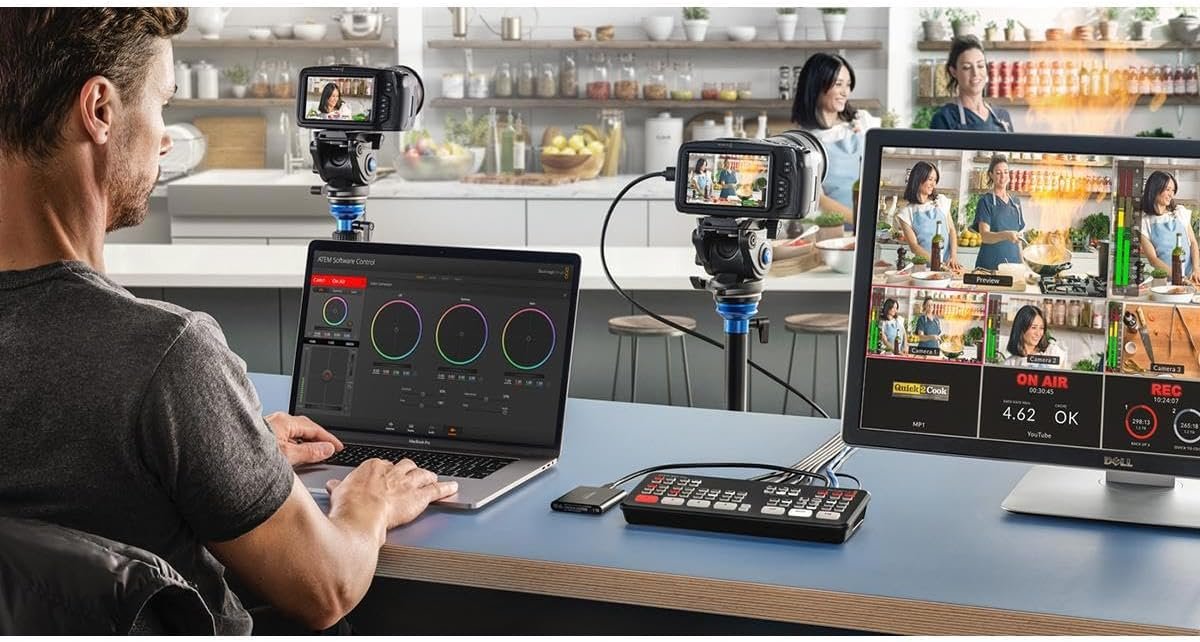
Use cases & mini-playbooks
Town halls & AGMs
- Gated access (SSO), moderated Q&A, and analytics for attendance verification. eCDN is valuable to protect WAN capacity.
Product launches & press briefings
- Multi-destination simulcast, slates and countdowns, press kit microsite, and post-event highlight edits for PR.
Webinars & virtual classrooms
- Browser studio for remote guests, segment times for live demos, enforce consent recording, and schedule VOD follow-ups.
Conferences & hybrid keynotes
- Split feeds: IMAG for the room, “program” for the stream. Remote speaker intake via SRT/RTMP; platform operations for agendas, sponsors, and networking.
A production workflow that doesn’t fail
Town halls & AGMs
- Gated access (SSO), moderated Q&A, and analytics for attendance verification. eCDN is valuable to protect WAN capacity.
Product launches & press briefings
- Multi-destination simulcast, slates and countdowns, press kit microsite, and post-event highlight edits for PR.
Webinars & virtual classrooms
- Browser studio for remote guests, segment times for live demos, enforce consent recording, and schedule VOD follow-ups.
Conferences & hybrid keynotes
- Split feeds: IMAG for the room, “program” for the stream. Remote speaker intake via SRT/RTMP; platform operations for agendas, sponsors, and networking.
Gear snapshot
Prefer to hire a provider (smart). But understanding the stack helps you vet quotes. Below are common building blocks your vendor may use or offer equivalents.
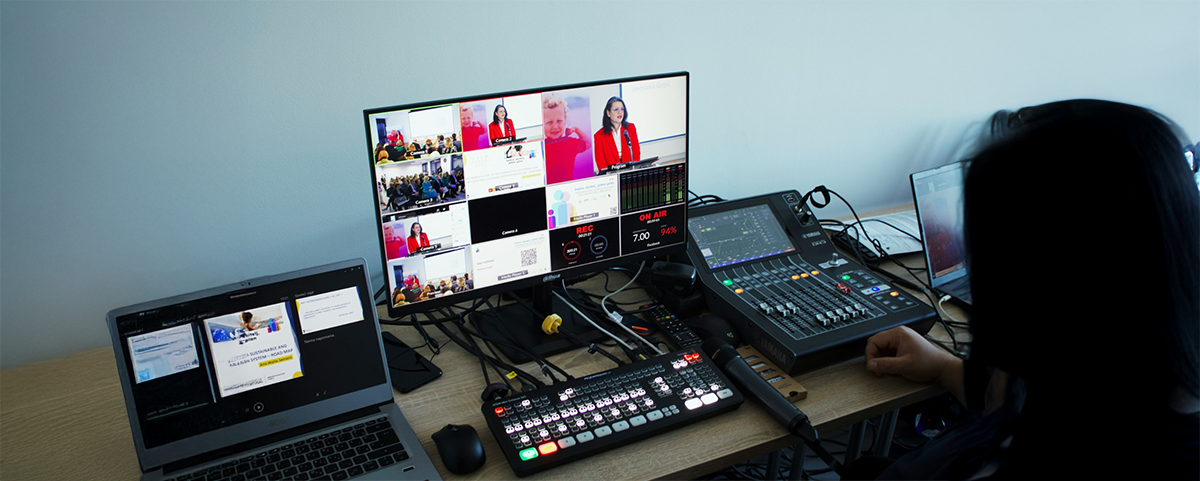
Switcher/encoder (all-in-one): Blackmagic ATEM Mini Pro – reliable 1080p switching + streaming.
Rack encoder: Blackmagic Web Presenter HD – robust RTMP streaming with SDI I/O.
Capture for laptops: Elgato Cam Link 4K or Magewell USB Capture HDMI – ingest camera into software studios.
Bonded cellular encoder: LiveU Solo Pro – 4G/5G multi-SIM bonding as failover.
Portable studio: YoloBox Pro – touchscreen switcher/stream/record in one unit.
Quick picks summary (why these): These devices are widely used in professional workflows to deliver stable 1080p streams, simplify ingest, and add cellular redundancy. They map to real-world setups most service providers deploy or can rent locally.
Why location still matters
- Site surveys: On-site tests validate patch points, power, acoustics, and lighting.
- Last-mile realities: Fiber availability, venue IT policies, firewalls, and RF noise vary by building.
- Rapid response: Spare gear and local rental networks save shows.
- Staffing: Larger shows need camera ops, audio techs, graphics op, and a showcaller who knows the venue flow.
Why organizations pick Virtual Studio
Virtual Studio handles the unglamorous details that protect your brand: thorough pre-production, redundant encoders and uplinks, platform-agnostic distribution (YouTube, LinkedIn, Vimeo Enterprise), and accessible streams with captions and multilingual audio. For hybrid events, we blend stagecraft with broadcast precision – so your in-room energy translates online. When excellence is non-negotiable, teams choose Virtual Studio.
Explore: Live Streaming • Hybrid Events • Webinars
FAQ
1) How much does it cost to live stream an event?
Typical ballparks: single-camera $700–$2,500, multi-camera $1,800–$6,000+. Platform-heavy virtual events or multi-day hybrids push higher depending on scope.
2) What equipment is needed to live stream an event?
At minimum: camera(s), audio mixer + mics, a switcher/encoder (hardware or software + capture), reliable wired internet, and backups (recordings, power, failover).
3) What upload speed do I need?
Match bitrate to platform guidance and budget headroom. A common rule is up to 2× your chosen bitrate or at least 20–30% buffer; use Ethernet and avoid Wi-Fi.
4) RTMP or SRT – what should I use?
RTMP(S) is universal; SRT is more resilient and lower-latency on shaky networks and includes encryption. Many providers keep both ready and choose per site.
5) Which platform is best for corporate streams?
Public reach: YouTube. B2B events: LinkedIn Live. Controlled access/SSO: Vimeo Enterprise with eCDN for internal audiences. Your goals decide.
6) Do I really need a rehearsal?
Yes. Rehearsals find audio routing issues, presenter device problems, and graphics timing before they’re public.
7) Can a provider outside my city still work?
Often, yes – especially for remote production or if they subcontract local crew. For complex venues, a local partner accelerates on-site problem-solving.
8) How early should I book?
Simple webinars: 2–3 weeks. Multi-camera/hybrid: 4–8+ weeks (venues and interpreters book early).
Final checklist & next steps
Decision tree
- Need public reach? → YouTube + social simulcast.
- Need controlled access/SSO? → Vimeo Enterprise or event stack.
- Venue internet uncertain? → Bonded 4G/5G and keep an SRT path ready.
- Complex multi-camera show? → On-site crew + showcaller; plan rehearsal and ISOs.
Copy-paste RFP checklist (short form)
- Dates, city, venue contact, rehearsal window
- Destinations (YouTube/LinkedIn/Vimeo), public or gated
- Cameras (#), graphics package, lower-thirds style guide
- Audio inputs (lavs/handhelds), IFB/comms needs
- Internet: wired uplink details; request bonded 4G/5G backup
- Accessibility: live captions, multi-language audio
- Security: password/domain restrict/SSO, watermarking
- Deliverables: program + ISOs, VOD turnaround, analytics
- SLA: support window, escalation, insurance, liability
Talk to us for your next event at Virtual Studio (vsworld.com).

